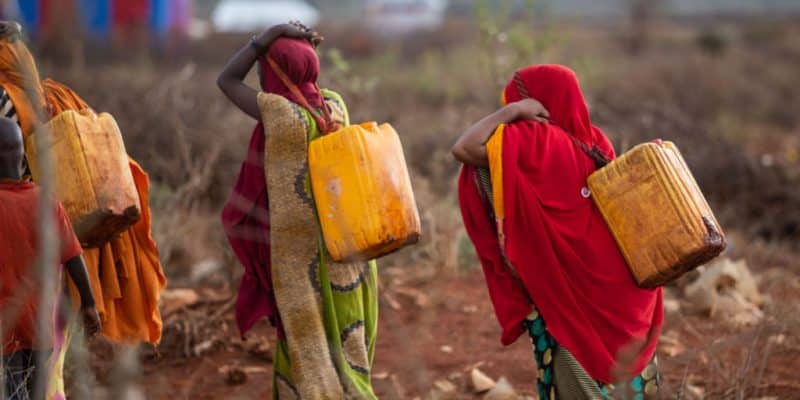On the occasion of the United Nations (UN) Conference on Water to be held from 22 to 24 March 2023 in New York in the United States of America, the United Nations Children's Fund (UNICEF) has established the "top 10" of the least developed countries in terms of water management in Africa.
Water insecurity concerns Benin, Burkina Faso, Cameroon, Chad, Ivory Coast, Guinea, Mali, Niger, Nigeria and Somalia. This is the finding of the United Nations Children’s Fund (UNICEF) in a new report published on March 20, 2023, in advance of the UN Water Conference to be held from March 22 to 24, 2023, in New York, United States of America.
UNICEF’s analysis is based on a dataset from three sources namely, the World Health Organization (WHO)/UNICEF Joint Monitoring Programme focusing on Progress in Safe Drinking Water, Sanitation and Hygiene in Households 2000-2020: five years after the SDGs), WHO’s Deaths by cause, age, sex, by country and region, 2000-2019), and UNICEF’s Climate Crisis is a Child Rights Crisis: Introducing the Children’s Climate Risk Index. In this study, the UN agency also links water insecurity and exposure of 190 million children, in these 10 countries, to so-called waterborne diseases due to inadequate sanitation and hygiene services.
Increase investments to improve water management
The current rates of access to drinking water by country are 42% in Benin, 76% in Burkina Faso, 77% in urban areas versus 42% in urban areas in Cameroon, 53% in Chad, 83% in urban areas versus 73% in rural areas in Ivory Coast, 74.7% in urban areas versus 65.3% in rural areas in Mali, 77% in Guinea, 30% in Nigeria, 46% in Niger and 52% in Somalia.
In these countries “the number of child deaths due to diseases caused by a lack of water, sanitation and hygiene, such as diarrheal diseases, is the highest. Six of these ten countries experienced cholera outbreaks during 2022. Globally, more than 1,000 children under the age of five die every day from water, sanitation and hygiene-related diseases, with about two out of every five in these 10 countries alone,” UNICEF says. A situation that is exacerbated by climate and environmental threats. “These countries are also among the 25% most exposed to these threats,” UNICEF adds.
The UN agency is therefore calling for increased financial support in these ten countries, including funding from global climate action. UNICEF also believes that the climate resilience of the sanitation and hygiene sector should be strengthened, with priority given to the most vulnerable countries.
Read Also – AFRICA: Resource and source of life, water at the heart of sustainable development
At the ongoing UN Water Conference in New York, UNICEF will call for the implementation of a global framework to accelerate Sustainable Development Goal 6 (SDG6) and invest in key drivers of acceleration. The UN’s MDG 6 set in 2015 aims for universal and equitable access to safe drinking water, hygiene and sanitation by 2030, especially for vulnerable populations.
Inès Magoum




